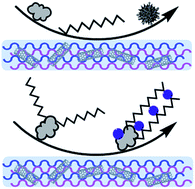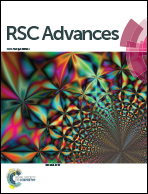Improved antifouling performance of polyethersulfone (PES) membrane via surface modification by CNTs bound polyelectrolyte multilayers
Abstract
In this study, commercial polyethersulfone (PES) membranes were surface-modified by the deposition of functionalized carbon nanotubes (f-CNTs) bound polyelectrolyte multilayers (PEMs) through spray-assisted layer-by-layer (LbL) technique. To investigate the anti-organic fouling properties of fabricated membranes, two representative organic foulants, bovine serum albumin (BSA) and sodium alginate (SA), were selected. Single and binary organic feed solutions in the presence or absence of calcium ions were tested in cross-flow ultrafiltration apparatus. In addition, to examine the membrane resistance to bacteria fouling, the prepared membranes were immersed into Gram-negative Escherichia coli (E. coli) and Gram-positive Staphylococcus aureus (S. aureus) suspension for 4 hours and the adhesion of bacteria cells were observed by scanning electron microscope (SEM). The fouling and antifouling mechanisms were proposed according to the specific scenarios in this study. It was found that the enhancement of hydrophilicity and surface charge of the PES membrane mitigated organic/bio-fouling under all circumstances; the fouling and antifouling of membranes were governed by a complex interplay of interactions between foulants and membrane. Among various interactions, hydration forces and electrostatic repulsion presumably contributed significantly for reducing the adhesion of foulants. The flux of fouled membranes could be restored by the simple flushing of DI water without any chemical treatment.


 Please wait while we load your content...
Please wait while we load your content...